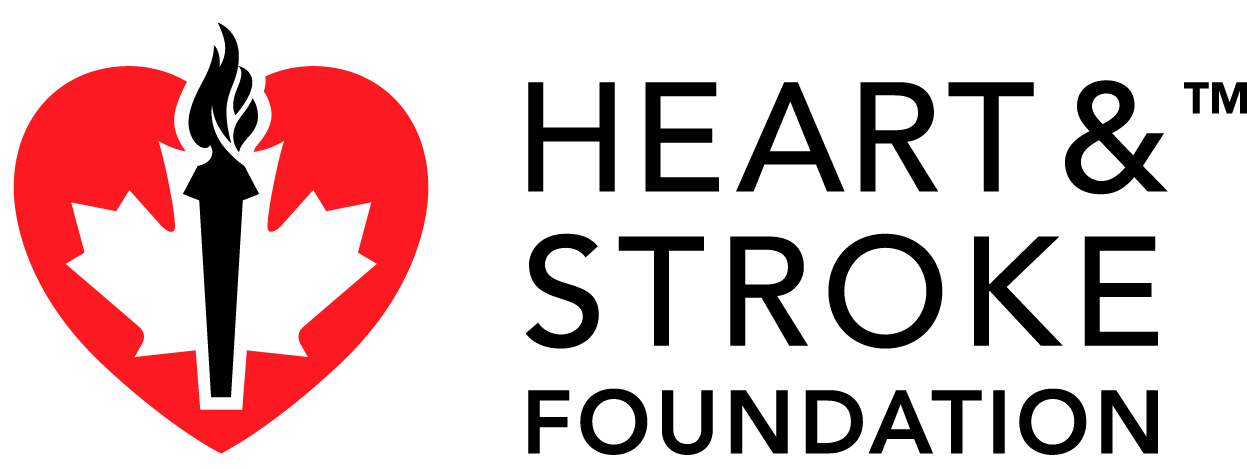Safety Tips
Walking is an activity that can be done in all seasons. We recommend you walk with someone whenever possible. If you are walking alone, however, there are some considerations to keep in mind to ensure you have a positive and safe walking experience. Below are some tips for walking. If you don’t know the area you may want to ask somewhere where there is a good place to walk.
Whether you’re walking alone or with a walking group, there are some considerations to keep in mind to ensure you have a positive and safe walking experience. Below are some tips for walking.
Before you head out on your walk
- Invest in a good pair supportive shoes for the road ahead
- Let someone know where you’re going and when you expect to be back
- If you do not often participate in physical activity, review the Physical Activity Readiness Questionnaire which will help you determine if you need to check with a healthcare provider before becoming more active
- Bring a cell phone along in case of emergency
- Bring a first aid kit with you, or at least a few band aids
- Avoid eating a heavy meal for two hours before being active
- Bring a healthy portable snack like a piece of fruit for walks longer than one hour
- Wear appropriate clothing and footwear for the season and weather conditions
- Wear reflective gear and carry a flashlight if walking at night or early morning or inclement/overcast weather
- In cold weather, wear a scarf around your mouth and nose and try walking downwind at a slower pace to avoid windburn
- Be sun savvy – wear a hat, sunglasses and sunscreen of at least SPF 30+
- Know the location and phone numbers of emergency services in the area
- Carry your identification card in case of an accident or medical emergency
- Go slow and steady
During your walk
- Where there are no sidewalks or trails, face traffic while you walk – be alert
- Drink water before, during and after your walk
- Warm up at the start of the walk by walking slower and cool down by walking slower at the end of the walk
- Walk at a comfortable pace
Use Caution
- Avoid being overly active when it is extremely hot, cold or humid. Walk during a time of day that limits UV exposure and hot temperatures
- Avoid being active if you have an acute illness (flu or bronchitis)
- CAll 911 in the event of an emergency
- Faintness, lightheadedness or dizziness
- Shortness of breath
- Discomfort in bone or joints during the walk
Know the warning signs
The warning signs of heart attack include:
- Chest discomfort (uncomfortable chest pressure, squeezing, fullness or pain, burning or heaviness);
- Discomfort in other areas of the upper body (neck, jaw, shoulder, arms, back);
- Shortness of breath;
- Sweating;
- Nausea, and;
- Light-headedness
If you are experiencing any of these signs, you should: CALL 911 immediately.
Learn more about the warning signs of heart attack.
Stroke can be treated
That’s why it is so important to recognize and respond to the warning signs, which includes weakness, trouble speaking, vision problems, sudden and severe headache, and dizziness.
Learn more about the warning signs.
In the Event of an Emergency:
- Have a group member call 911, describe the location and situation
- Have the walker stop the activity and sit down
- Help them get warm and comfortable, and loosen any tight-fitting clothing
- Wait with the person until the emergency team arrives. Provide all information



